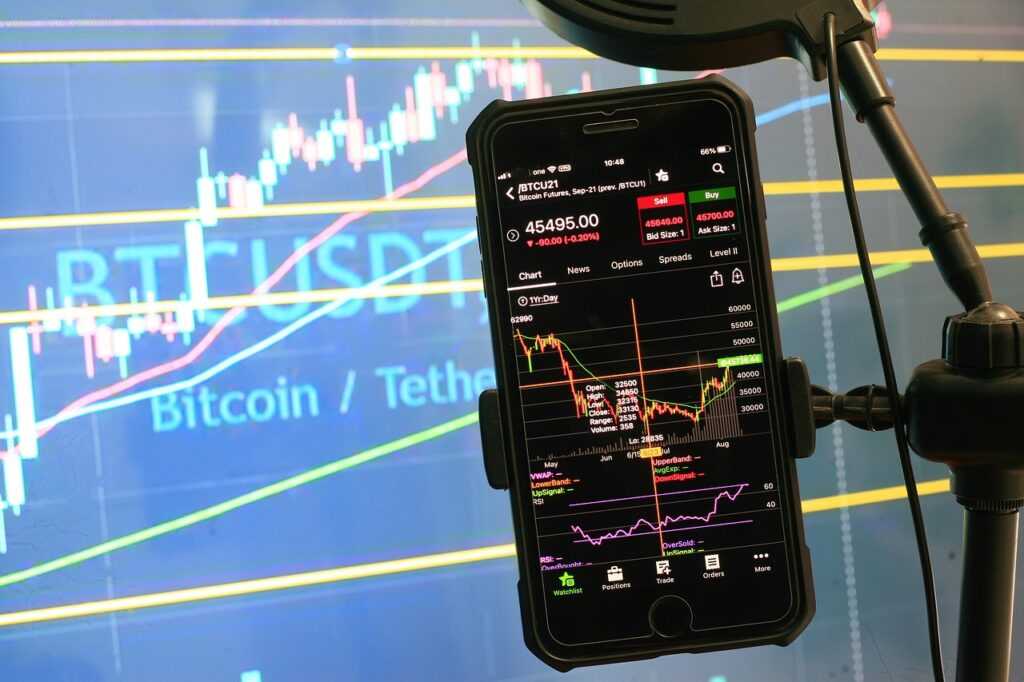When it comes to navigating the volatile waters of cryptocurrency trading, having a strategic approach is key. One powerful tool that I’ve found particularly effective in making informed trading decisions is the use of moving averages. By analyzing the trends and patterns of crypto prices over specific time frames, moving averages can provide valuable insights into potential price movements.
In this article, I’ll share how I leverage moving averages to enhance my crypto trading strategies. From identifying trend reversals to determining optimal entry and exit points, these simple yet powerful indicators have helped me stay ahead in the fast-paced world of digital asset trading. Whether you’re a seasoned trader looking to refine your techniques or a newcomer seeking to understand the basics, mastering the art of using moving averages can be a game-changer in your crypto trading journey.
Understanding Moving Averages
When trading cryptocurrencies, understanding moving averages is crucial. They play a vital role in analyzing market trends and making informed trading decisions. By examining these averages, I gain valuable insights into potential price movements, helping me strategize effectively.
What Are Moving Averages?
Moving averages in cryptocurrency trading are statistical tools used to smooth out price action over a specified period, providing a clearer view of the market trend. They help me identify the general direction of the market, whether it’s an uptrend, downtrend, or ranging market. Calculated based on past prices, moving averages act as dynamic support and resistance levels, aiding in decision-making.
Types of Moving Averages in Cryptocurrency Trading
In cryptocurrency trading, there are primarily two types of moving averages I rely on: simple moving averages (SMA) and exponential moving averages (EMA). SMAs give equal weight to all prices in the period considered, offering a straightforward view of the trend. On the other hand, EMAs assign more significance to recent prices, making them more responsive to current market conditions. Understanding the differences between these moving averages allows me to adapt my trading strategies accordingly.
The Role of Moving Averages in Crypto Trades
Using moving averages in cryptocurrency trading is a strategic way to navigate the volatile market. Let me delve into how these indicators play a crucial role in informing trading decisions.
- Trend Identification with Moving Averages
Analyzing trends is essential in cryptocurrency trading, and moving averages serve as valuable tools for this purpose. They help me identify the direction in which an asset’s price is moving over a specific period. By comparing different moving averages, I can spot potential trend changes, whether it’s a bullish upswing or a bearish downturn. This information guides my decision-making process, allowing me to capitalize on market movements effectively. - Moving Averages as Support and Resistance Levels
In the world of crypto trades, moving averages act as dynamic support and resistance levels. They help me determine optimal entry and exit points based on price movements relative to these averages. When an asset’s price approaches a moving average from below, it may indicate a potential support level. Conversely, approaching from above could suggest a resistance level. By monitoring these interactions, I can make informed decisions on when to buy or sell assets, enhancing my trading strategy.
Strategies for Using Moving Averages in Crypto Trading

When it comes to leveraging moving averages in crypto trading, it’s crucial to implement strategic approaches that can optimize trading decisions. By incorporating moving averages effectively, I can enhance my trading strategies and capitalize on market trends.
Single Moving Average Strategy
Implementing a single moving average strategy involves using a single average price over a specific period to analyze price movements. I can use this strategy to identify the overall market trend and potential entry or exit points based on the crossover of the current price with the moving average.
Dual Moving Average Crossovers
Dual moving average crossovers entail employing two different moving averages, such as a short-term and a long-term average. By comparing the crossover of these two averages, I can pinpoint potential trend reversals and make well-informed decisions on when to enter or exit trades in the crypto market.
Using Moving Averages with Other Indicators
Combining moving averages with other technical indicators can enhance trading strategies further. By integrating indicators like the Relative Strength Index (RSI) or Moving Average Convergence Divergence (MACD) with moving averages, I can gain a more comprehensive perspective on market trends and strengthen my trading decisions in the crypto space.
Advantages and Challenges of Using Moving Averages
Benefits of Moving Averages in Crypto Trading
Utilizing moving averages in crypto trading offers several advantages. They help in smoothing out price data to identify trends over specific periods. By using moving averages, I can easily recognize the direction of price movements, whether it’s upwards, downwards, or sideways. This clarity aids me in making informed decisions on when to enter or exit trades based on trend signals provided by the moving averages.
Potential Pitfalls and How to Avoid Them
While moving averages are beneficial, there are also potential pitfalls to consider. One challenge is that moving averages may produce delayed signals during highly volatile market conditions, leading to missed trading opportunities. To mitigate this issue, I adjust the length of the moving averages based on the market volatility to generate more responsive signals. Additionally, relying solely on moving averages without considering other market indicators may result in false signals. Therefore, I combine moving averages with other indicators like the Relative Strength Index (RSI) and Moving Average Convergence Divergence (MACD) to enhance the accuracy of my trading decisions.
About the author
Dean Young
Dean Young serves as the Senior Crypto Analyst at Fortify Crypto Haven, where he brings his extensive expertise in cryptocurrency markets and blockchain technology to the forefront. With a background in financial analysis and a keen interest in digital currencies, Dean plays a pivotal role in delivering in-depth market insights and strategic trading advice to Fortify Crypto Haven’s audience. Dean’s analytical skills and thorough understanding of crypto trends enable him to provide readers with clear, actionable information.


